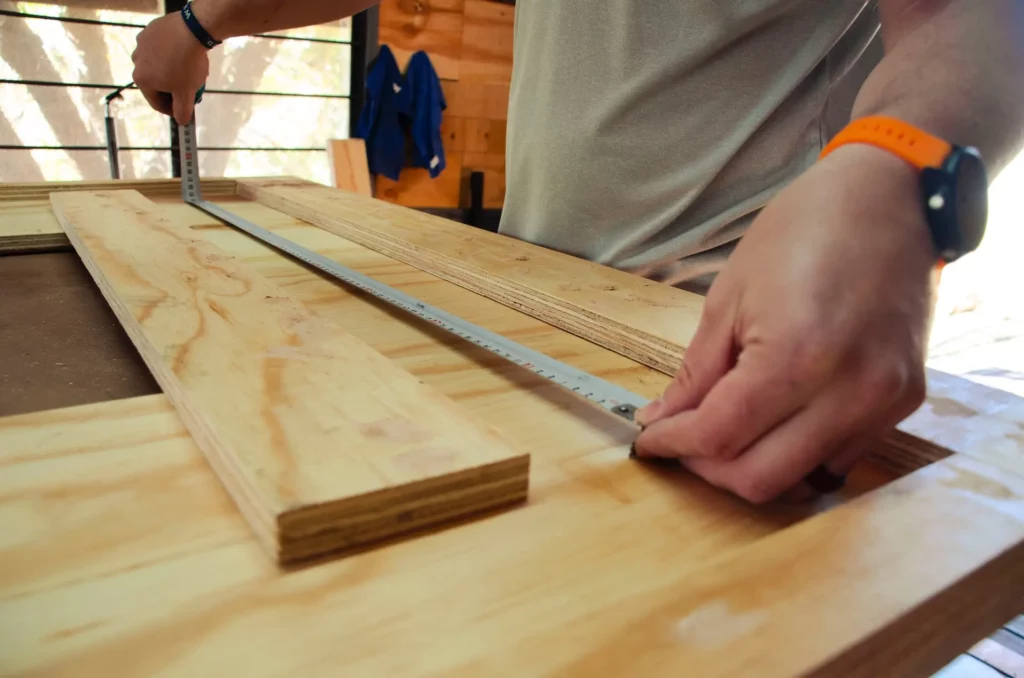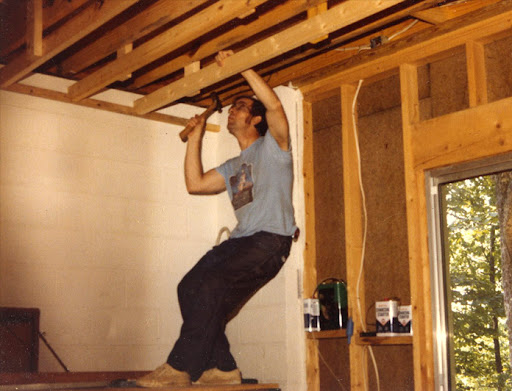Are you ready to pursue wood burning as your hobby?
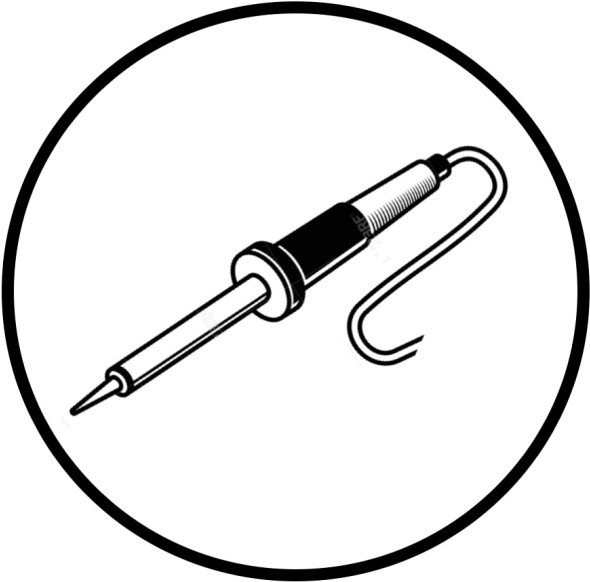
But why do you think its suitable for you?
I know it’s because of the attention wood burning craft requires to get completed. You have to be patient and put in consistent efforts to see the final masterpiece you have just crafted. (Oh yes, you can take breaks. But you remain consistent because this art is so addictive.)
Although you also practice delayed gratification with wood burning, the extent of progress always remains visible.
Now let’s start with the basics.
What is Wood Burning?
As you have already chosen wood burning art for yourself, you already know that wood burning is the craft of burning wood to make unique designs and patterns.
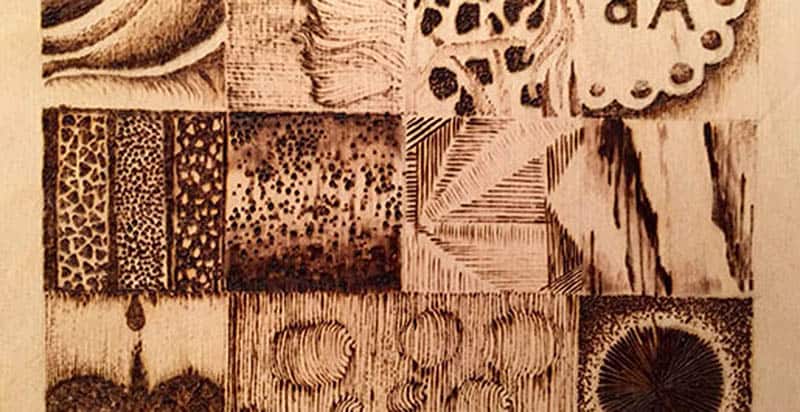
In this craft, the craftsman uses a heated tool for wood etching. It is a pen-like tool that gives intense heat to a small part of wood at a time. The user has to carefully handle the tool because of the high intensity of heat involved.
What is the Difference between Pyrography and Wood Burning?
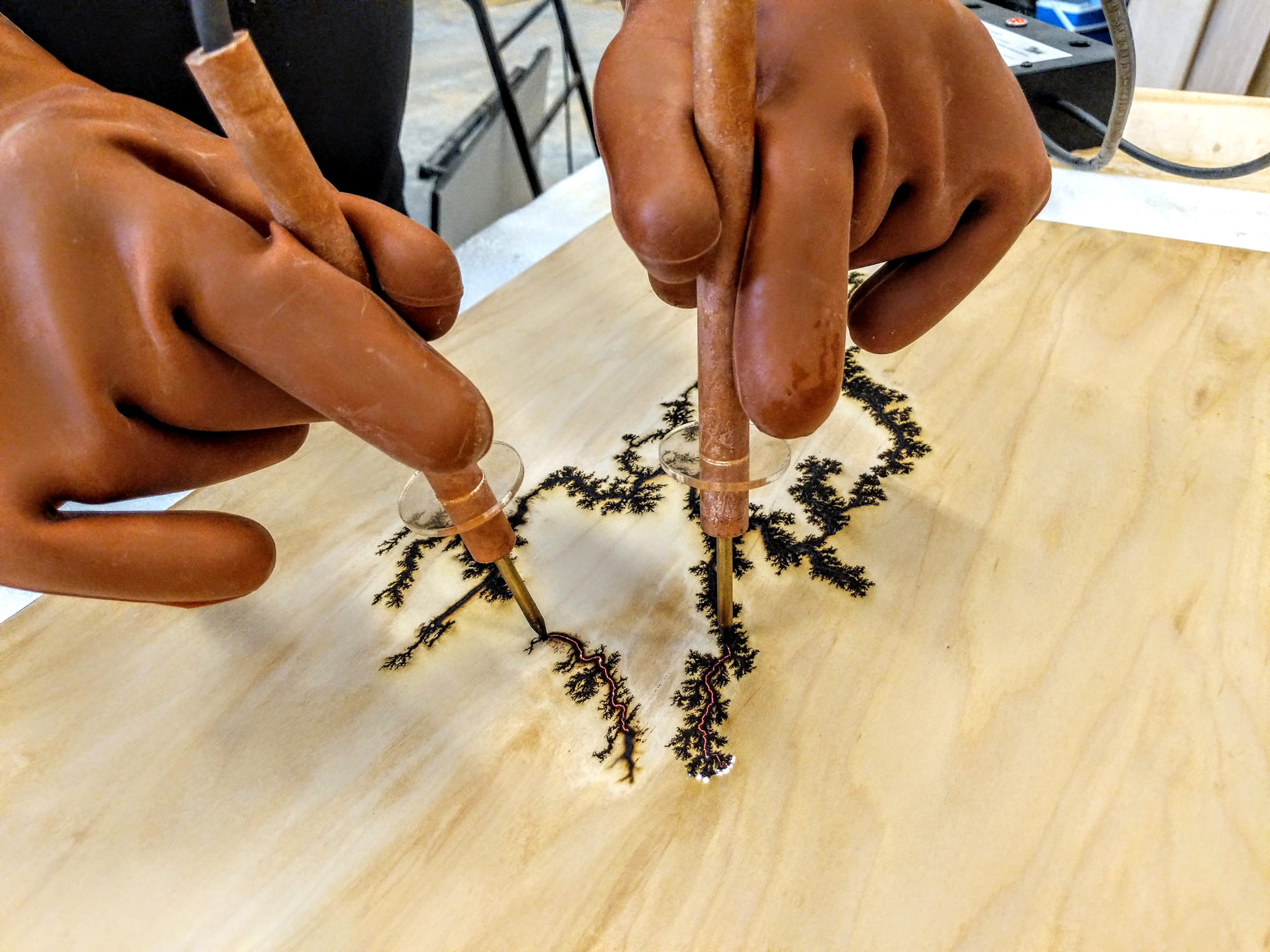
Pyrography is a term that defines all crafts where heated objects are used to write on different surfaces; while, wood burning relates only to heating or burning wood to draw patterns.
Oftentimes, we hear the word pyrography for wood burning which depicts that the two terms are interchangeable. This conclusion is wrong. The two terms are different.
As we can see pyrography is a broader term for all the crafts that include heated engraving. Under pyrography, you can draw patterns on leather, gourds, nuts, ivory, and wood.
Yes, pyrography is also done on wood. In fact, wood makes the most common material that we use for pyrography. However, the difference between the two arts lies in their scopes. Pyrography includes all related surface burning crafts. And wood burning is limited to the burning of wood.
Is Wood Burning Easy?
Wood burning becomes easy for artisan after practice. But like any other art, it needs dedication and rehearsal.
What Tools are Used for Wood Burning?
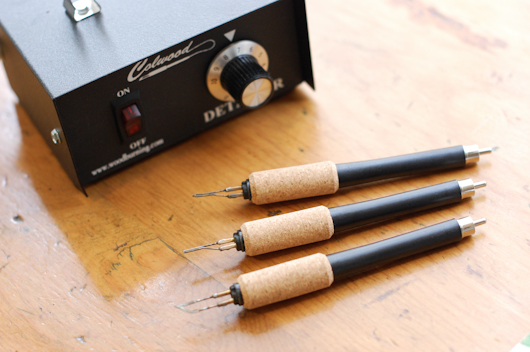
Different wood burning tools include sandpaper, black carbon tracing paper, wood burning tool, stencils, and different tips for the heating tool.
Other than wood, the artisan needs several instruments to do the project. If you are starting with natural wood logs, the first tool you need is sanding paper. Then you move on to pattern drawing on the surface and this step may or may not involve a carbon paper. If you are not competent in drawing, carbon paper is a must.
The tool for the third step, which is actual wood burning, is a woodburner or wood burning pen. As the name suggests, it is a pen-like device having a metal tip. Most wood burning kits for beginners come with multiple tips to follow the wood burning patterns they will draw.
What Should I look for in a Wood Burning Kit?
The answer depends on your skill level in this craft. Wood burning for beginners is better off with craft-style pens which have solid tips. Experts will enjoy working with wire-nib woodburners as they use wires as heating instruments.
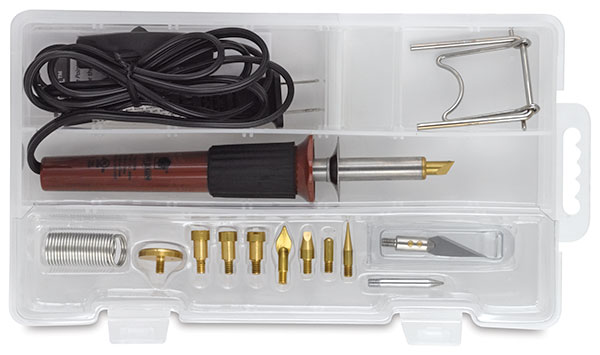
The biggest advantage of a craft-style woodburner is its ease of use. The user may not have months of experience of using this tool yet he will create a craft with utmost precision and beauty.
On the other hand, nib-wire tools offer many advantages one of which is handle design which allows the user to hold the pen for a longer duration without getting hand cramps. They are also known as variable temperature wood burning pens because they easily and quickly adjust to new temperature settings due to their wire-based design.
The third factor that makes wire-nib pens more suitable is their ability to give detail to the wood burning design.
What are Different Types of Woodburner Tips?
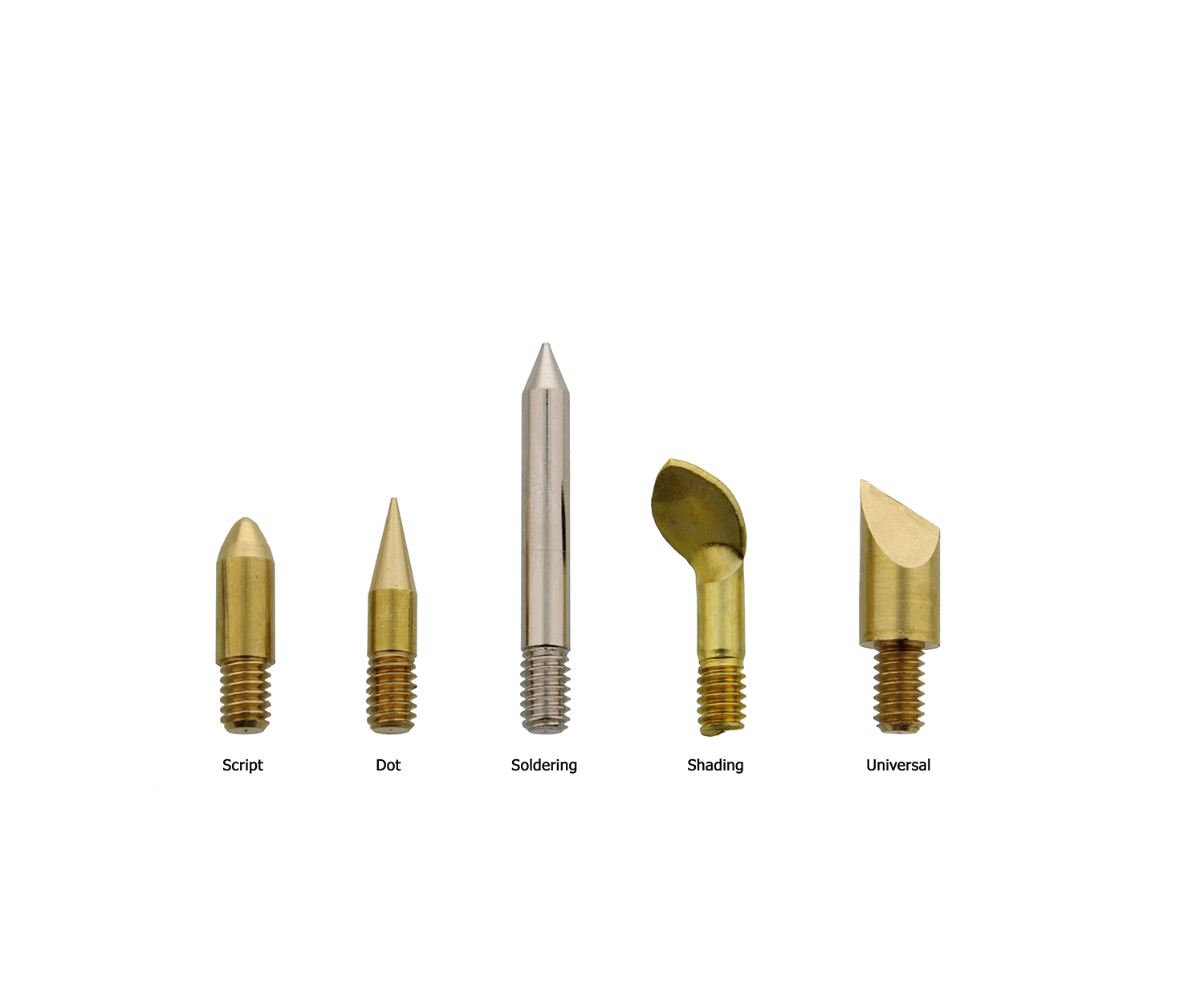
For craft-style woodburner, you can get different woodburner tips such as Universal, extra-fine, calligraphy, and shading tips. On the other hand, a wired tool comes with five different tips including skew tip, spear tip, chisel tip, round tip, and ballpoint tip.
The first among a few wood burning tips and tricks you get from experts is knowing the tips and their usage.
Woodburner comes with different tips that facilitate the user in choosing between styles that suit wood burning pattern. You have to change these tips to switch between calligraphy, drawing straight lines, and drawing curves. If your project is too detailed, you may benefit from using a tip combination woodburner.
Let’s see what each of these tips of craft-style burner does. A universal tip is a great tool for giving an outline to the project. Extra fine is preferred when you need to draw tight curves or need more detail in the wood burning designs. Calligraphy tip helps with curve styles. And the last tip shading adds shadows to the art piece.
Now let’s consider the purpose of wire-nib tools. The first tip, the skew tip, is common for drawing long running lines. The second tip, spear tip, helps with fine detailing and has a pointed end. Chisel tip runs quill lines. The round tip keeps the burning less intense. In the end, the ballpoint tip is used for the same purpose as a ballpoint – for writing.
What are the Things You Need to Get Started with Wood Burning?
Wood makes the primary thing that you need for wood burning. Other tools include a woodburner or wood burning pen, carbon paper for tracing, tips, stencils, pliers, and a container for hot tips.
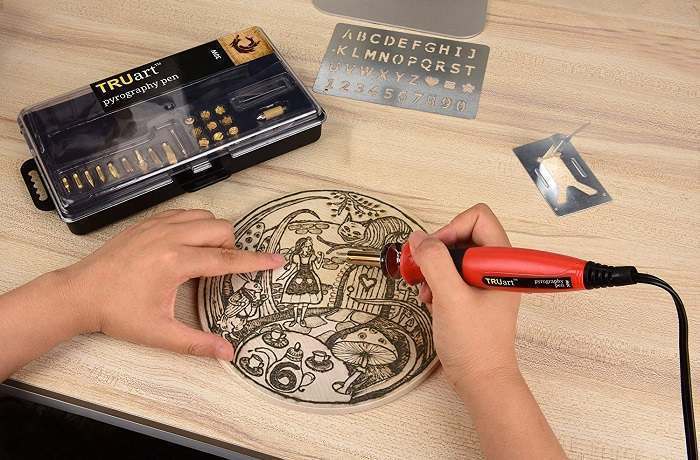
We have discussed the use of most of these tools before. Pliers and containers are two additions. Out of these, pliers are used for changing tips when they are still hot. The container will then keep these tips without burning your other projects.
Important Tips for Wood Burning
If you are a skilled pyrographer who is experienced in working on wood surfaces, you know wood burning basics. But if you are a learner, you have to learn a big deal to claim expertise in this niche.
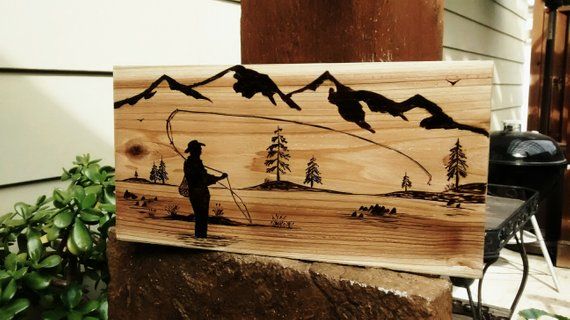
But you have to get started somewhere, right? Here is a crash course of wood burning for beginner that will allow you to know what you are doing and what to expect from different experiments you are considering doing.
Safety first
Health should be the topmost priority when you are working on wood burning. Choose an airy room as your workstation. You don’t want to inhale fumes that may result from wood burning.
Invest in a quality tool
Wood burning basics start with investing quality tool. But what is a quality tool for it? Let’s learn.
You should look for tip combination woodburner. Why? It’s because it will allow you to switch between different styles effortlessly. You may think that you would need to frequently switch between different styles in your wood burning patterns and you may be right in thinking so. But consider a long-term scenario. Will you take up more complex and detailed projects in the future or not and, then, decide accordingly.
Know the tips
Another must for you is to understand the use of different tips for these pens. It will allow you to swiftly choose between tips to move ahead.
Heat management is a sub-skills that make one of a few wood burning basics. You should know that solid tips of craft-style burners are more difficult to cool down than wired tips of other categories. At the same time, among gauge of wire tips determine the time for which it will remain hot. As a rule of thumb, a smaller gauge cools down slowly.
Knowledge about steps
Another tip is about the sequence of different steps of crafting. Although it may seem that preparing wood should be the first step for a cool wood burning project, outlining often comes within this preparing phase. Complete the outlining phase before staining as this will prevent the stain from bleeding into outer parts.
Pressure
You don’t need to exert pressure. For smoother operations, trust the tip to play its part.
Temperature
You may have to wait for 2-8 minutes before turning on the burner and using it on wood. This time allows the burner to attain the required temperature and it varies from burner to burner.
What is the Best Wood for Wood Burning?
The most common woods that go into pyrography include basswood, birch, maple, poplar, cherry, balsa, and pine. Most of these woods have a lighter color which is preferred because of the prominent wood burning effect it attains. This is true except for cherry which has moderate to dark color.
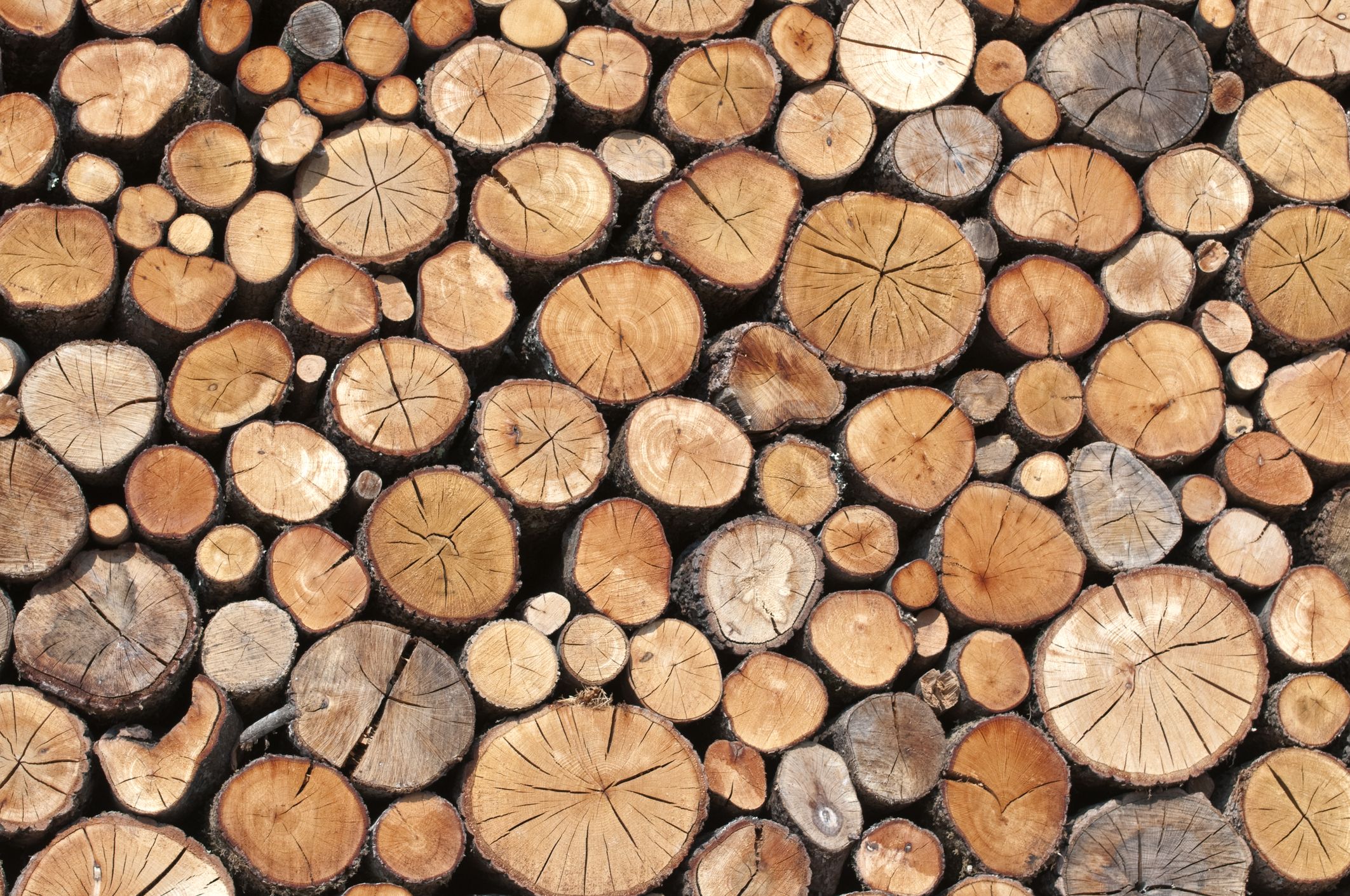
Another quality resides in the fact that these woods have a minimal grain which means ease of operations.
Birch is a soft option that is economic for larger and frequent projects. It is best suited for experienced pyrographers only because it tends to splinter. Maple wood, on the other hand, is the best wood for wood burning crafts with a single catch that it is costly. Because of associated costs, maple doesn’t make a great choice of wood burning for beginners.
If you are going with pine, white pine is better than the yellow one. The latter of the two is only great for the burning letters into wood and should not be considered for portraits or other projects requiring detail.
Other than the type of wood you use, you should also consider the thickness of the wood. Don’t go for any slice which is thinner than a quarter inch. Instead, 3/8 inch is an adequate width.
What is the Worst Wood for Pyrography?
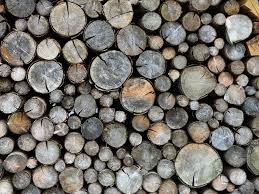
Now we have discussed the best wood which you can use for wood burning crafts, let’s consider those options which are worst for it. These options are either not the best materials to create beautiful pyrographs or may cause health hazards.
We should start with the basic rule: never use synthetic material for wood burning. This includes plastic and composite wood.
Fresh wood also makes a bad choice for this art as it contains a lot of water and sap. This may result in more than needed smoke. You should also avoid driftwood because it contains chlorine which can cause cancer when burnt.
In wood burning stained wood should also be avoided as well as sealed and painted ones. In fact, every wood that is treated with chemicals warrants a big no-no for woodburners.
Should I include poisonous wood on this list? After all, we all know better than to use these logs, don’t we?
How do You Prepare Wood for Wood Burning?
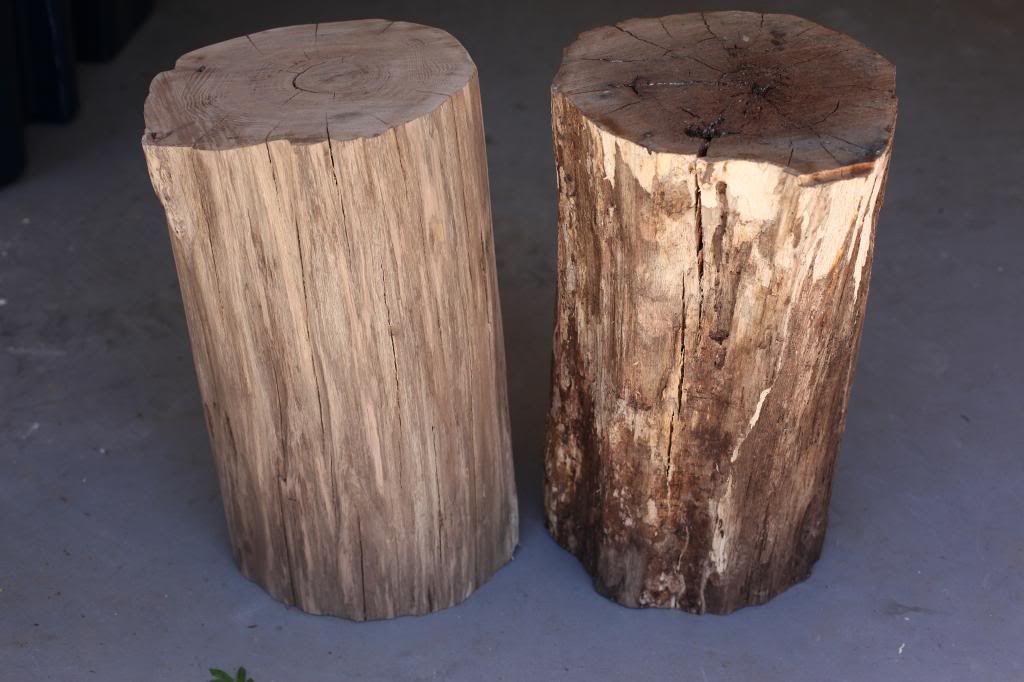
The first step in wood burning is getting your log prepared for the burning process. Once you have gotten them into slices of properly sized logs, you have to sand them. The best method is to sand them in the direction of grains. A 320 grit sandpaper will make your best pal here.
Make sure you are doing it evenly across the surface. Once done, use a damp cloth to remove dust.
Should I Sand the Wood before Wood Burning?
The short answer is yes you should sand the wood before using it in the pyrography project.
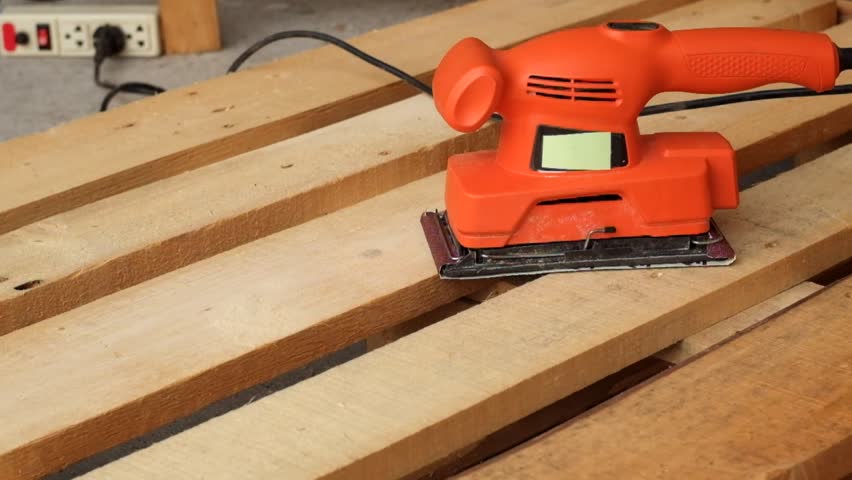
Long answer: When we buy wood for pyrography projects, we may consider them to rough to work on. This roughness may lead to inaccurate drags from wood burning nibs on the surface.
If you want to make accurate strokes, sanding is a must.
What are the Basic Safety Guidelines to Consider for Wood Burning?
There can be various health hazards that accompany wood burning. The biggest and most common of these are inhalation of fumes and sawdust, fire, and burns.
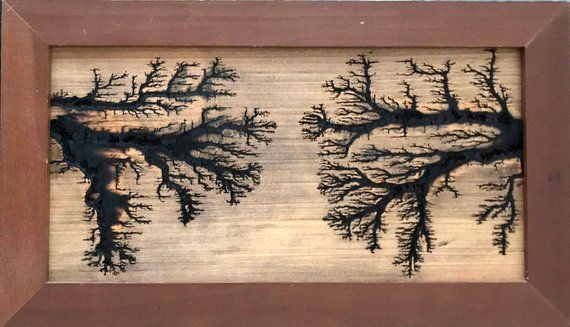
It is obvious that wood burning involves hot tools. This leads to concern over hand protection. You need to keep in mind that you shouldn’t go near the tip of the tool because it is burning hot and might cause severe burns.
The second risk factor is that of fire. Although the probability of wood catching fire is low, the potential loss makes this risk worthy of consideration. Gloves make a must precautionary tool for wood burners to consider. Other than that you should be well aware of the temperature at which you are using the tools and pressure you need to exert.
Fumes make a huge health associated risk that comes with wood pyrography. Its effects increase when we use wood which produces a higher volume of fumes. Pine is one such wood that some wood burners avoid because it high fume content.
Other than using safer wood, with low fume content, artisans should set up their workstation in an open well-aerated place to reduce the collection of fumes.
Although more pyrographers are concerned about the fumes emitted by a burning piece of wood, only a few consider the impact of sawdust collection in the workstation. Again, an open workstation can reduce the chances of these particles getting inhaled by the craftsman.
The best safety guideline a pyrographer can follow is knowing the health hazards related to this hobby. This knowledge will allow them to be aware of their respiratory health and identify signs of its deterioration. Artisans should make a point of stopping to work as soon as they realize their health is declining.
Wood Burning Project Ideas
Wall hangings, cutting boards, and tabletops are just a few wood burning ideas. Don’t get yourself limited. Wood burning craft can become a part of areas other than just decoration of your walls, doors, and furniture.
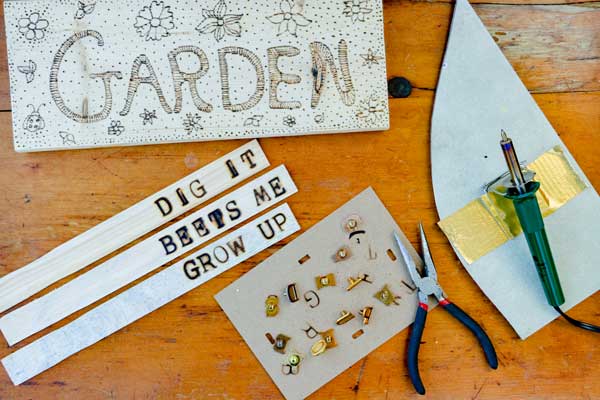
A few wood burning ideas that will make your life more beautiful include engraving spoons, bowls, and plates to make them more personalized or to make them a sign of a memorable moment. The branding iron is another most commonly used method that uses wood pyrography.
A few ideas of wood burning for beginners are listed below:
- Serving trays
- Picture frame, children’s blocks
- Jewelry box
- Window frames
- Monograms
- Cork trivet
- Wall clock
- Vases
- Pallet wood furniture
- Tissue box holder
- Cookbook holder
- Family tree
- Greeting signs
- Personalized shelves
Conclusion
As we can see wood burning art is an easy craft that you can learn using the right tools. It is also a cheap hobby given that you don’t need big tools and resources to pursue it. The basic tool which goes into every wood burning project is a woodburner which is also known as wood burning pen. You may need a few accessories such as carbon paper, stencils, and plier depending on the intensity and depth of your project.
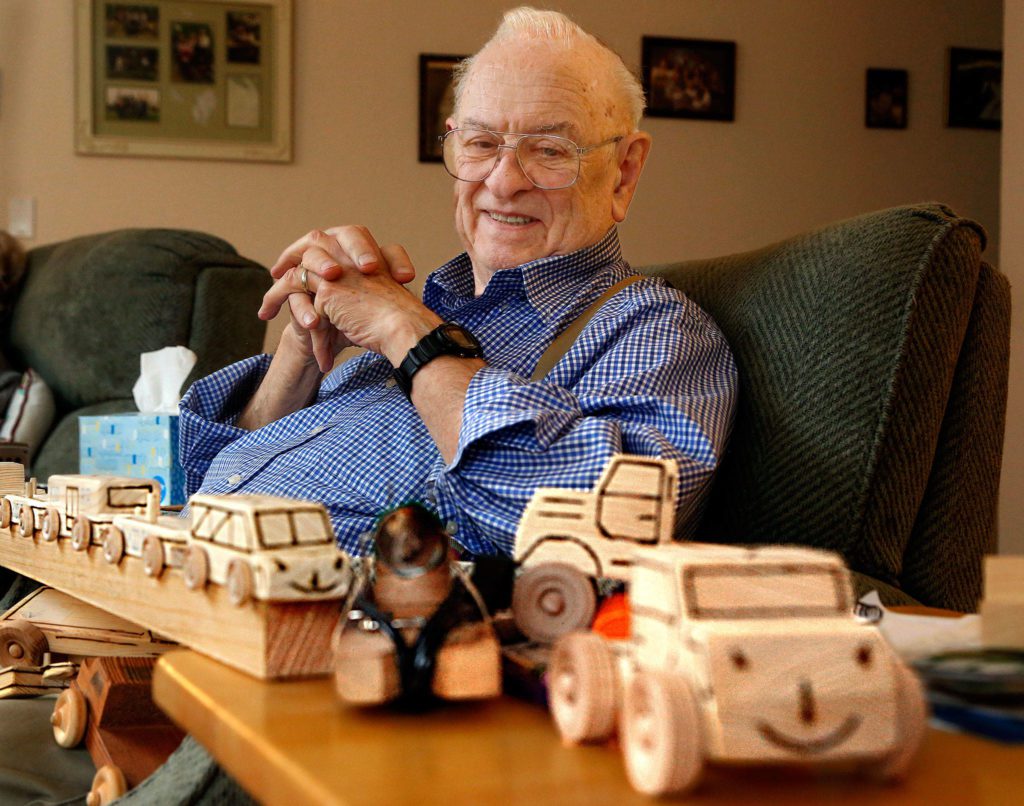
When you consider starting a wood burning project, understand that proper tools will make your work smooth and efficient. Choosing the right tips for your pen and various styles is one way you can enhance this efficiency. Using a tip combination burner is another. Another way in which you can enhance this efficiency is by using pliers to switch between tips without waiting for them to cool down.
While we are talking about tips to enhance efficiency and the ultimate beauty of the project, we should not forget that wood burning, if pursued carelessly, can lead to health hazards. One major health risk which is quoted with wood burning is the possibility that the user may consume fumes from wood. You can minimize this risk by choosing a wood with the lowest fume content and a workplace that is well ventilated.
References:
Understanding pyrography, the photochemistry of ‘scorched’ decoration.
- Mastering Wood Laser Cutters: A Comprehensive Guide for Woodworkers - October 14, 2023
- The Best Laser Cutters Under $1000 - August 24, 2023
- Best Wood Laser Cutter Under $500 - August 14, 2023



